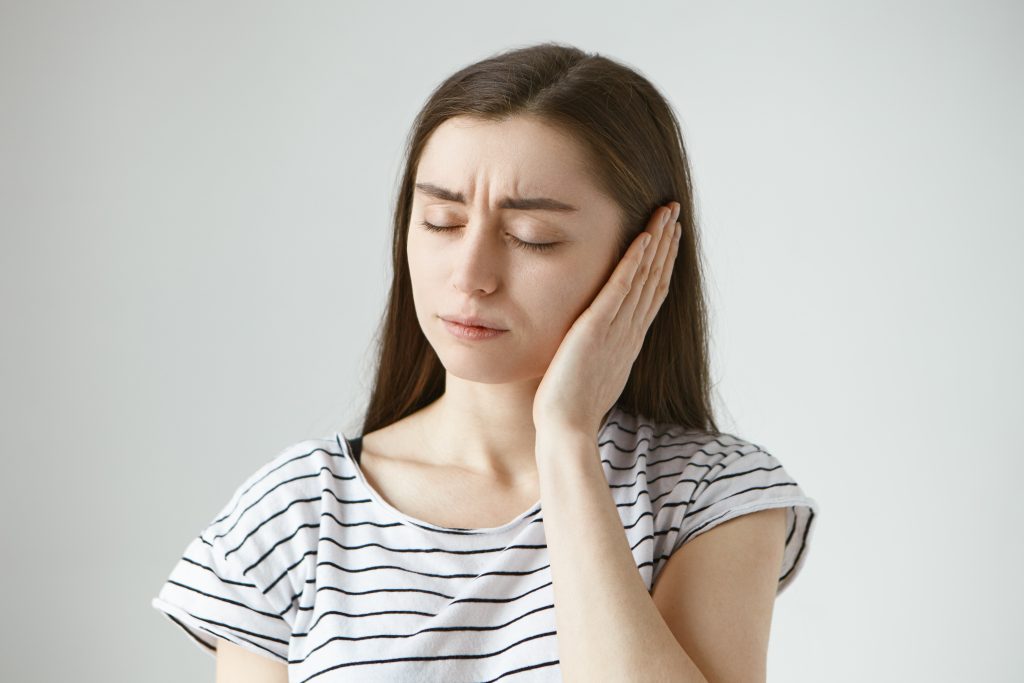Swimmer’s ear, also known as otitis externa, is an infection of the outer ear canal. It’s usually caused by water that stays in the ear and creates a moist environment that helps bacteria grow.
Inserting fingers, cotton swabs, or other objects into the ears can also damage the thin layer of skin lining the ear canal, resulting in swimmer’s ear.
Signs / Symptoms
What's common signs of swimmer's ear?
- Otalgia
- Hearing loss
- Ear fullness or pressure
- Redness, puffiness, and narrowing of the external auditory canal
- Tinnitus
- Fever
- Itching
- Severe deep pain
- Purulent and foul-smelling discharge
- History of exposure to or activities in water (frequently) (e.g., swimming, surfing)
- History of preceding ear trauma (e.g., forceful ear cleaning, water in the ear canal)
Common causes
What's common causes of swimmer's ear?
Swimmer’s ear is an infection usually caused by bacteria. It’s less common for a fungus or virus to cause swimmer’s ear.
Departments & Emergency
It is recommended to go to a General Practitioner or an Otolaryngology or Infectious Disease and Clinical Microbiology specialist in the near days.
Diagnosis
It is based on clinical assessment and physical examination.
- Examining ear canal
- Looking at eardrum (tympanic membrane)
- If infection doesn’t respond to treatment sampling of discharge
Treatment
- Proper ear hygiene
- Cleaning the ear canal
- Treating inflammation and infection with medications
- Pain control
- Antiseptics and acidifying solutions
- Keeping ears dry
- Avoiding putting foreign objects into the ear
FAQ
Will the swimmer’s ear go away by itself?
Often heal on their own or by taking ear drops. The best way is to keep ears as dry as possible.
How long does a swimmer’s ear last?
If it is treated with ear drops usually cured within 7 to 10 days. The pain should lessen within a few days of treatment.
References:
- Charles PS Hui, Canadian Paediatric Society, Infectious Diseases and Immunization Committee, Acute otitis externa, Paediatrics & Child Health, Volume 18, Issue 2, February 2013, Pages 96–98, https://doi.org/10.1093/pch/18.2.96
- Schaefer, P., & Baugh, R. F. (2012). Acute otitis externa: an update. American family physician, 86(11), 1055–1061.
- Otitis externa: Practice essentials, background, anatomy. (2020, March 9). Diseases & Conditions – Medscape Reference. Retrieved May 1, 2021, from https://emedicine.medscape.com/article/994550-overview
- Swimmer’s ear – Symptoms and causes. (2019, June 28). Mayo Clinic. Retrieved May 1, 2021, from https://www.mayoclinic.org/diseases-conditions/swimmers-ear/symptoms-causes/syc-20351682
- Bowman, J. (2019, March 8). Outer ear infection (Swimmer’s ear). Healthline. Retrieved May 1, 2021, from https://www.healthline.com/health/otitis-externa
- Patient education: External otitis (including swimmer’s ear) (Beyond the Basics). (2021, March). UpToDate. Retrieved May 1, 2021, from https://www.uptodate.com/contents/external-otitis-including-swimmers-ear-beyond-the-basics
- External otitis: Treatment. (2021, March). UpToDate. Retrieved May 1, 2021, from https://www.uptodate.com/contents/external-otitis-treatment
- Swimmer’s Ear (External Otitis). (2016, March). Nemours KidsHealth – the Web’s most visited site about children’s health. Retrieved May 1, 2021, from https://kidshealth.org/en/teens/swimmers-ear.html



